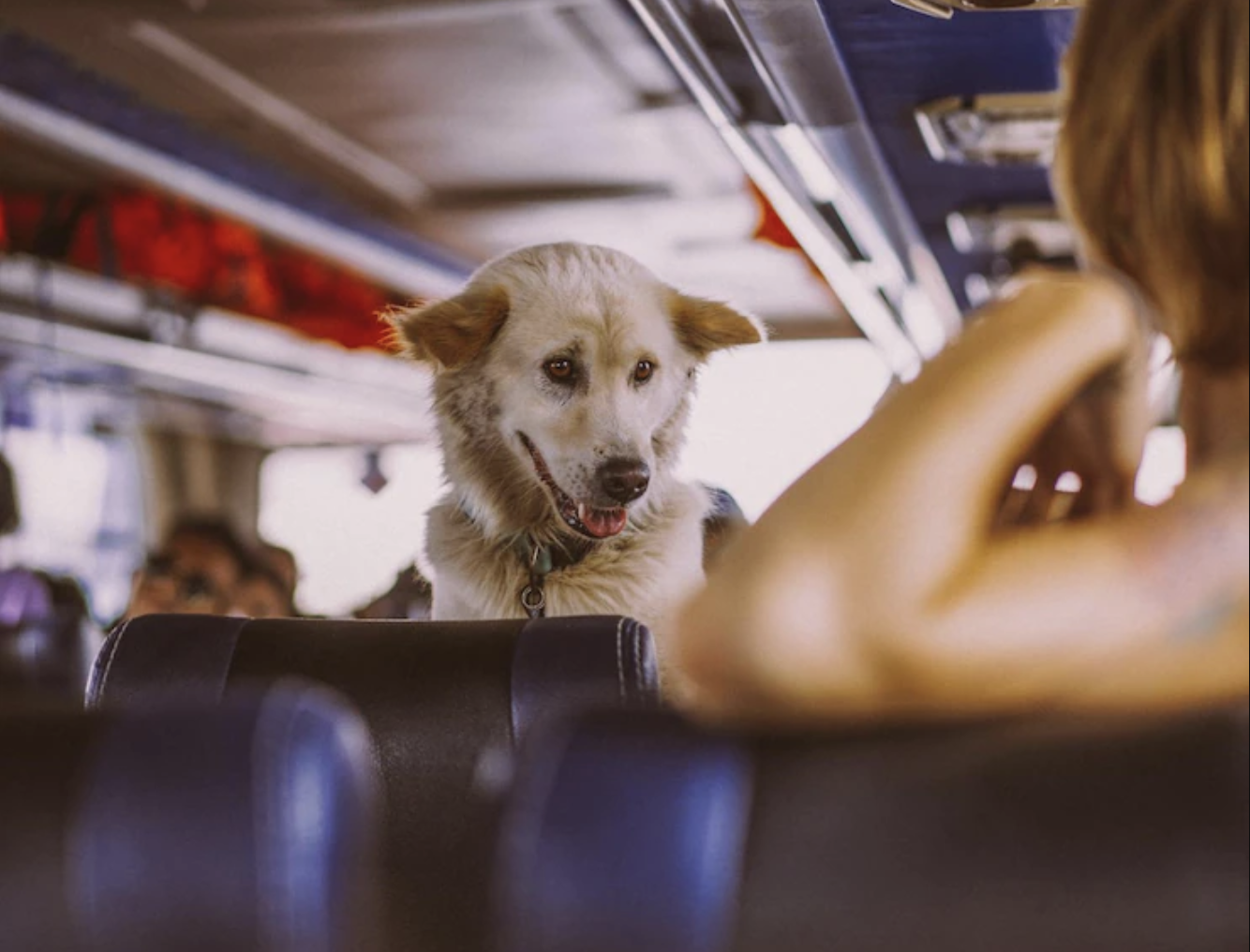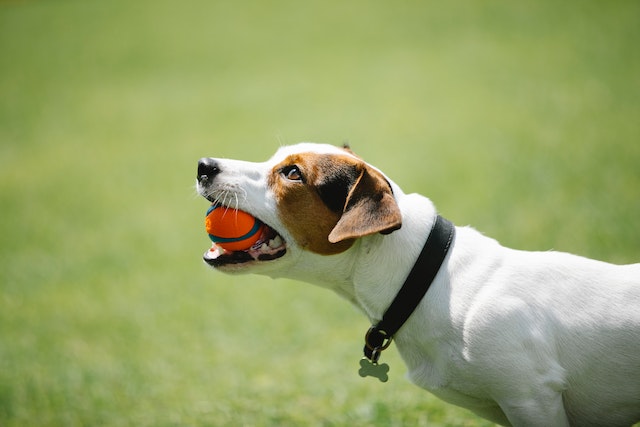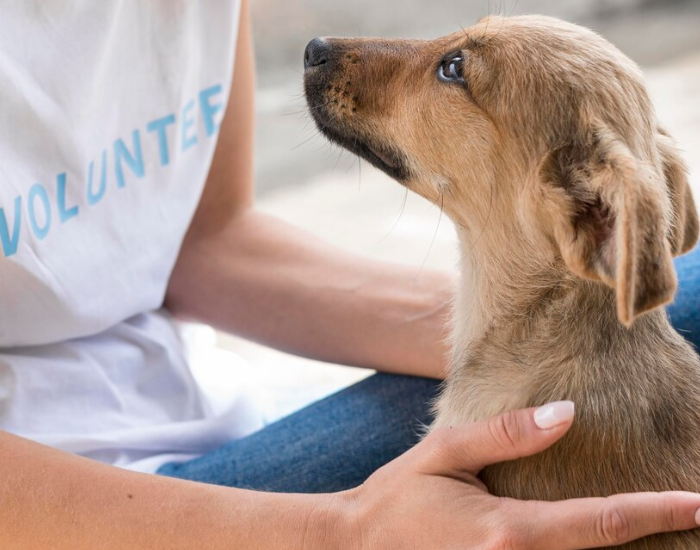Autism service dogs are invaluable companions, offering essential support and comfort to individuals with autism spectrum disorder (ASD). These dogs are specially trained to help manage challenging situations, providing grounding during sensory overload, emotional comfort, and even helping with social interactions. For individuals and families in the UK considering a service dog, the process can be transformative.
Training your own autism service dog in the UK can be an empowering and rewarding experience. By self-training, you can create a stronger bond with your dog, customize training to suit specific needs, and often save on costs associated with fully-trained service dogs. This guide will walk you through each stage of training an autism service dog in the UK, covering preparation, training techniques, legal requirements, and support resources.
Understanding Autism Service Dog Requirements in the UK
Legal Considerations for Autism Service Dogs
In the UK, autism service dogs are legally protected under the Equality Act 2010, which ensures individuals with disabilities have access rights to public places with their service dogs. Although there is no mandatory registration for autism service dogs, some owners find that having optional identification or certification helps clarify public access rights and reinforces the dog’s role as a service animal.
When training your own autism service dog, it’s essential to follow established standards, as public spaces are accustomed to service dogs being well-behaved, calm, and task-oriented. Understanding the rights and responsibilities associated with service dogs in the UK ensures a smoother experience for you and your dog in public places.
Assessing Your Dog’s Suitability for Autism Service Training
Before beginning training, assess your dog’s suitability. Ideal autism service dogs typically display certain key traits:
• Calm Temperament: Service dogs should remain composed in various environments.
• Focus and Attention: The dog should stay engaged with the handler and respond consistently to commands.
• Friendly but Non-reactive: The dog should be comfortable around people without excessive enthusiasm or fear.
• Physical Suitability: Some dogs are better suited for tasks like providing physical comfort or deep pressure therapy.
If your dog lacks these qualities, you may consider adopting a dog that’s known for being trainable, calm, and adaptable. Certain breeds, such as Labrador Retrievers, Golden Retrievers, and Poodles, are often good candidates for service dog training.
Preparing for Autism Service Dog Training
Selecting the Right Dog (If Applicable)
If you are still in the process of selecting a dog, consider breeds that are known for being gentle, friendly, and easy to train. Labradors, Golden Retrievers, and Poodles are popular choices, but the most important factors are temperament and health. Many service dog organizations recommend temperament testing or health screenings before beginning intensive training to ensure the dog is well-suited for long-term service work.
Gathering Necessary Training Equipment
Setting up for training success means having the right tools. Here are some essentials:
• Leash and Harness: Start with a strong leash and a harness that allows you to guide the dog gently.
• Reward Treats and Clicker: Positive reinforcement is a key component in training. Use high-quality treats and a clicker to reinforce good behaviors.
• Service Dog Vest: While not legally required, a service dog vest can be useful for identification, especially in public spaces.
• Tools for Specific Tasks: Depending on the support tasks your dog will perform, consider additional tools, like weighted vests for deep pressure therapy training.
Creating a Training Schedule
Training a service dog is a commitment that requires consistent, patient effort. Develop a daily or weekly training schedule, setting small, achievable goals. Autism service dog training can take anywhere from six months to over a year, so plan for gradual progress and allow for plenty of reinforcement to establish each task.
Finding Support and Resources
While self-training is rewarding, it can also be challenging. Here are some helpful resources:
• Books and Guides: Invest in reliable books on service dog training, such as “Training the Best Dog Ever” by Larry Kay or “The Power of Positive Dog Training” by Pat Miller.
• Online Resources: Websites and video tutorials can provide valuable guidance. For example, Service Dog Training School offers online courses for assistance dog training, including options for those who wish to self-train their dog with professional guidance. Their courses cover obedience, task-specific training, and socialization, providing a flexible solution for people seeking well-trained assistance dogs.
• Local Trainers and Support Groups: Consulting a certified dog trainer who specializes in service animals can be beneficial, especially for specific autism support tasks.
Step-by-Step Guide to Training an Autism Service Dog
Step 1: Basic Obedience Training
Why It’s Important: Basic obedience is foundational for any service dog. The dog must be able to respond reliably to commands, regardless of the environment.
1. Core Commands: Teach your dog the essential commands, including sit, stay, come, down, and leave it.
2. Socialization: Introduce the dog to different people, environments, and sounds. Exposure to diverse scenarios helps the dog stay calm and focused in any setting.
3. Training Techniques: Use positive reinforcement like treats and verbal praise to encourage good behavior. Avoid negative reinforcement, as it can create fear or confusion.
Step 2: Task-Specific Training for Autism Support
Interrupting Repetitive Behaviors: Many individuals with autism benefit from a service dog’s gentle interruption of repetitive or harmful behaviors.
• Training Technique: Teach your dog to respond to a specific cue that signals them to gently nudge or paw at you. This can be achieved through reward-based training by reinforcing the desired behavior whenever the dog successfully interrupts.
Deep Pressure Therapy: This technique provides grounding and comfort during moments of sensory overload.
• Training Technique: Start by teaching the dog to lay their body across your lap or lean into you on command. Gradually increase the duration to reinforce the feeling of calm and stability.
Crowd Control or “Buffer”: Many people with autism feel overwhelmed in crowded spaces. A dog can create a physical barrier, providing a sense of security.
• Training Technique: Teach the dog to stand between you and others. Reinforce this behavior in controlled environments before attempting it in more crowded areas.
Guiding Away from Overwhelming Situations: Dogs can be trained to guide their handler to a quiet space during overwhelming situations.
• Training Technique: Create designated quiet spots at home and practice guiding the dog to these spaces on command. Gradually apply this in public, reinforcing the dog’s ability to find and move toward quieter areas.
Step 3: Public Access Training
For service dogs, public access training is essential to ensure they behave appropriately in different environments.
1. Preparing for Public Settings: Start training in quiet areas, gradually increasing distractions.
2. Practicing in Real-World Settings: Once the dog is comfortable, begin introducing them to busier environments, such as parks, cafes, and shops.
3. Reinforcing Good Behavior: Ensure the dog remains focused and calm, even with distractions. Consistently reward positive behaviors to maintain training.
Step 4: Proofing and Generalizing Skills
Proofing ensures that your dog can perform reliably in any environment.
1. Reinforcing Skills Across Different Environments: Practice tasks in a variety of locations, such as parks, public transportation, and shopping centers.
2. Building Independence: Gradually reduce cues so that the dog learns to perform tasks autonomously when they notice signs of distress or repetitive behaviors.
Ensuring Legal Compliance and Public Access Rights
Under UK law, assistance dogs are granted access rights to public spaces under the Equality Act 2010. Familiarizing yourself with these rights is essential to ensure you and your dog can confidently enter public areas without issues.
Obtaining Optional Registration or Documentation
While registration is not legally required, some people choose to use service dog identification for ease of access. UK Support Dog, for example, offers registration services, which can be helpful when navigating public spaces.
Handler Responsibilities
As the handler, maintaining your dog’s public etiquette is essential. Always ensure that your dog is well-behaved, quiet, and responsive to commands in public spaces to reinforce the positive image of service dogs.
Overcoming Common Challenges in Self-Training
If you encounter issues such as reactivity, fearfulness, or distraction, remember that patience and consistency are key. Seek out resources on behavioral management or consult a professional if needed. Service dog training is a gradual process. Celebrate small successes along the way, and remember that consistency is vital to your dog’s development. Certain tasks may require guidance from a professional service dog trainer. If you’re struggling with specific training techniques, consider hiring a certified trainer who can assist with advanced skills or troubleshoot issues.
Conclusion: Building a Lifelong Partnership
Training your own autism service dog in the UK can be a challenging but deeply rewarding journey. As you work together through each training stage, you’ll build a unique bond with your dog that goes beyond simple companionship. Your dog will become a trusted partner, providing emotional support, security, and assistance in ways that enhance your daily life and well-being.
By following this guide, you’ll have a solid foundation for successfully training your own autism service dog in the UK. Remember, patience and consistency are essential to achieving long-term success. Celebrate small victories along the way, and remember that each step forward is a step toward creating a supportive, effective partnership with your dog.
Get Started on Your Service Dog Training Journey
If you’re ready to begin the journey of training your own autism service dog, explore the resources and support available at UK Support Dog. Our service dog registration and training courses offer guidance to make the process easier, empowering you with the knowledge to train a reliable and well-behaved autism service dog.
For more information, visit our website to access resources, register your service dog, and find out more about service dog training courses available to support your path to a fulfilling partnership with your autism service dog.













